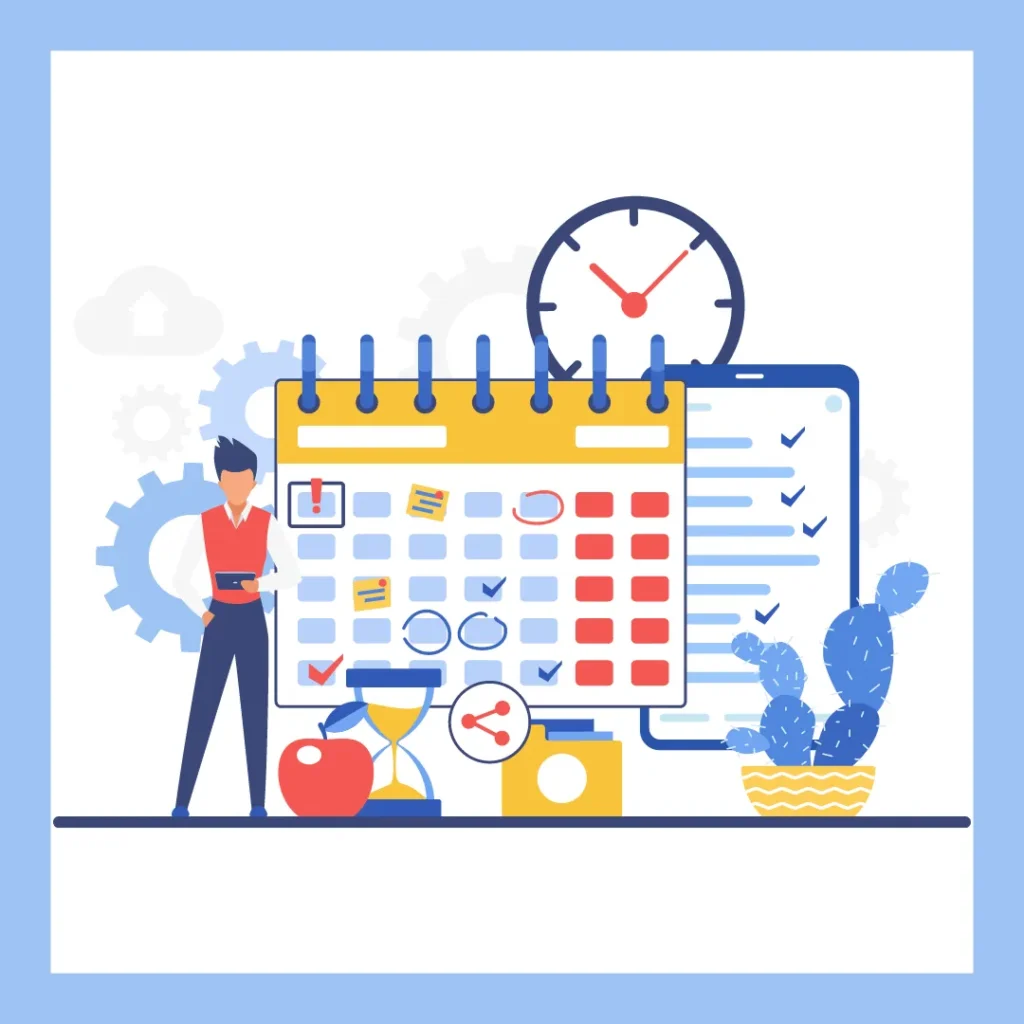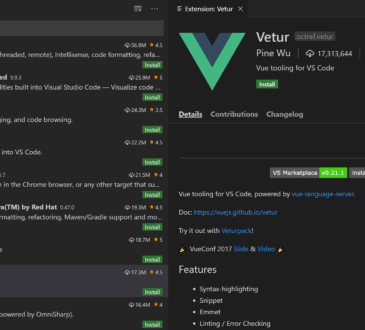
In today’s fast-moving tech world, keeping up can feel like chasing a bullet train with a skateboard. New frameworks launch every month, AI tools evolve weekly, and “must-learn” technologies shift constantly. So how do you, as a developer, stay sharp without burning out or constantly switching gears?
The answer lies in building a flexible but focused learning roadmap—one that adapts to change but still moves you forward. Whether you’re a junior dev or a mid-career pro, here’s how to plan your tech learning journey in 2025 (and stay sane while doing it).
🎯 1. Start with a North Star Goal

Before diving into the flood of trends, ask yourself:
- What kind of developer do I want to be in 1–2 years?
- What kinds of problems do I want to solve?
- Which industries or roles excite me most?
This will help you filter out noise and build a roadmap tailored to your goals, not social media hype.
For example:
- Want to become a full-stack engineer? Focus on JavaScript, TypeScript, React, Node, and DevOps basics.
- Interested in AI applications? Learn Python, data handling, APIs, and prompt engineering.
- Dreaming of startup life? Learn fast prototyping, product thinking, and cloud deployment.
🧭 Your North Star keeps your path consistent, even when tech trends shift.
🗂️ 2. Break the Roadmap into Layers
Instead of chasing the latest shiny object, structure your roadmap into layers:
✅ Foundation (non-negotiable skills)
- Programming language fundamentals (e.g., Python, JavaScript, Java)
- Version control (Git)
- Debugging & testing
- Problem-solving and algorithms
- Terminal & CLI basics
🛠️ Core tools & frameworks
- Web: HTML, CSS, JS, React, Node
- Mobile: Flutter, React Native, Swift
- AI: Python, NumPy, Pandas, OpenAI API
🧠 Meta skills
- Prompt engineering
- System design
- Technical writing
- Clean code & design patterns
🌐 Domain-specific layers (choose based on interest)
- Cloud (AWS, Docker, CI/CD)
- AI/ML (TensorFlow, Hugging Face, LangChain)
- Game Dev (Unity, Unreal)
- Data Engineering (Spark, dbt, Airflow)
By learning in layers, you avoid constantly restarting with every new tech shift. Instead, you build a flexible core that you can plug new tools into as needed.
📆 3. Plan in 90-Day Cycles

Don’t try to plan your learning year in advance—it’s impossible in a fast-moving space. Instead, set 3-month learning goals that align with your North Star.
Each cycle should include:
- 1 Core skill to deepen (e.g., React state management, Python OOP)
- 1 New tool or trend to explore (e.g., LangChain, Svelte, a new LLM)
- 1 Project to apply what you’ve learned
- Optional: 1 meta skill (e.g., prompt writing, system design)
This balance keeps you growing and experimenting without getting derailed by every new trend.
📚 4. Focus on Concepts, Not Just Tools
Frameworks change. Concepts don’t.
If you understand:
- How the DOM works
- What asynchronous programming is
- How REST APIs and state work
- The tradeoffs in different architectures
…then you can pick up the latest tool (whether it’s SolidJS, Bun, or Astro) in days, not months.
🧠 Build tool-agnostic mental models. That’s how senior devs stay effective, even when they’re not up-to-date on every new framework.
🛠️ 5. Apply What You Learn Immediately
The fastest way to forget something? Watch a tutorial and move on.
The best way to make it stick? Build something.
Whether it’s a:
- Small clone (like a Twitter UI)
- CLI tool
- Browser extension
- AI chatbot
- Portfolio project
Projects turn abstract knowledge into tangible skills. They also help you spot what you don’t understand—so you can go back and fill in the gaps.
🧪 6. Experiment Without Getting Distracted

It’s okay to explore a new trend or tool. But don’t let curiosity derail your roadmap.
Use a system like:
- Try for 1–2 hours → Evaluate → Continue or Drop
- Add a “Tech Playground” weekend once a month
- Maintain a “To Explore Later” list to stay focused
This keeps you focused without feeling FOMO.
🧠 7. Stay Current with Curated Sources
You don’t need to follow everything, but having a few trusted signals helps you adapt intelligently.
Consider subscribing to:
- Tech newsletters (e.g., TLDR, JavaScript Weekly)
- YouTube channels (e.g., Fireship, ThePrimeagen, Tech with Tim)
- Podcasts (e.g., Software Engineering Daily, Latent Space for AI)
- Communities (e.g., Dev.to, r/learnprogramming, Discord servers)
A 10-minute daily scan of curated content can help you stay aware of trends without falling down rabbit holes.
💡 8. Embrace Adaptability as a Skill
Instead of resisting change, practice being flexible:
- Learn how to learn quickly
- Use AI tools like ChatGPT to summarize docs or explore unfamiliar tools
- Document what you learn and build templates or cheatsheets
- Build systems for picking up tools fast (e.g., reverse-engineer a GitHub project, follow a “build + read + test” loop)
In a world that changes monthly, adaptability beats mastery of any single tool.
🧘 9. Avoid Burnout with Focused Sprints & Breaks

Overcommitting leads to burnout. Try:
- Working in focused learning sprints (e.g., 2 hours/day, 4 days/week)
- Taking “no-code” or “low-intensity” learning days for reading or reflection
- Blocking off time for deep work and rest
Sustainable learning beats intense, unsustainable binge-learning every time.
🔁 10. Review and Adjust Quarterly
Every few months, pause and ask:
- What did I actually learn and build?
- What’s working? What’s wasting time?
- What new skills or trends are worth exploring next?
Update your roadmap based on real-world progress, not what’s trending on X (formerly Twitter) this week.
Final Thoughts
You can’t predict the future of tech—but you can control how you approach it. The most successful developers in 2025 won’t know everything. They’ll be the ones who:
- Stay curious
- Learn fast
- Apply often
- Adapt without fear
Design your learning roadmap like code: modular, flexible, testable, and built for iteration.




